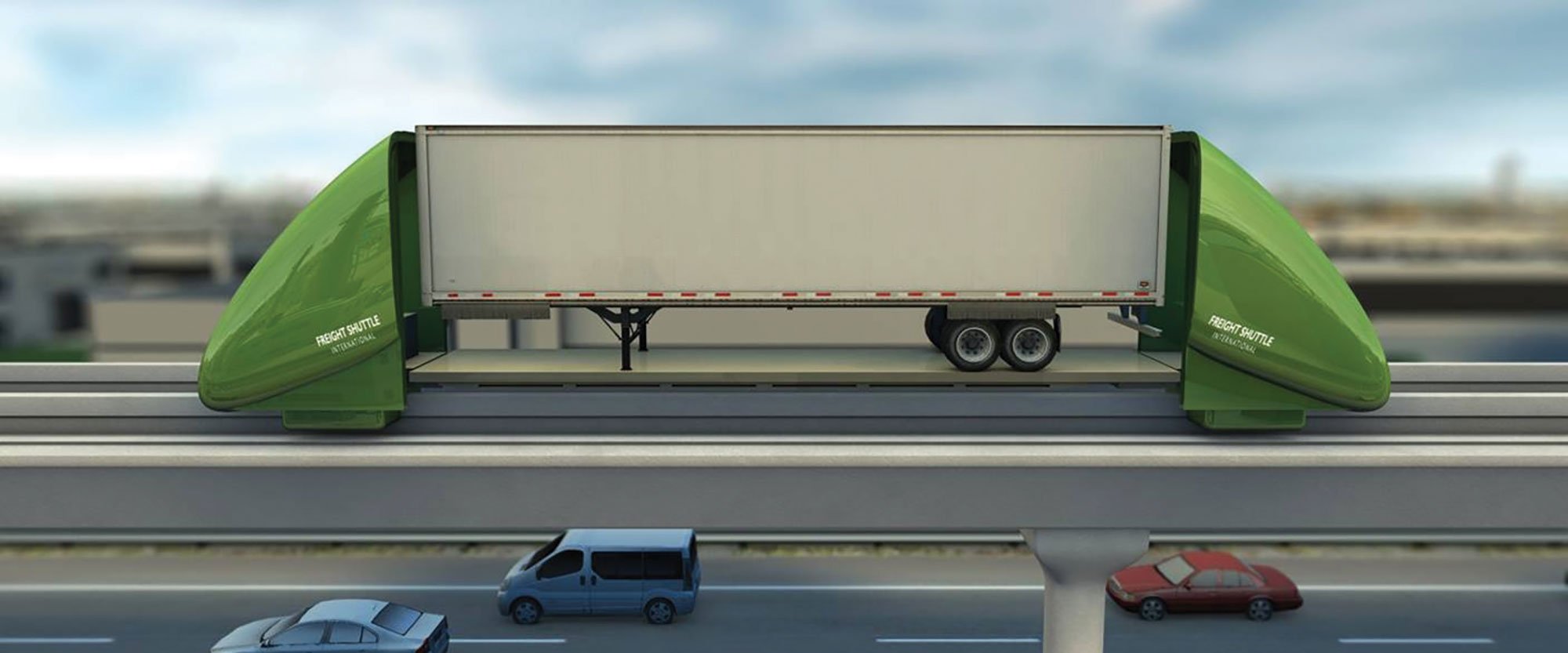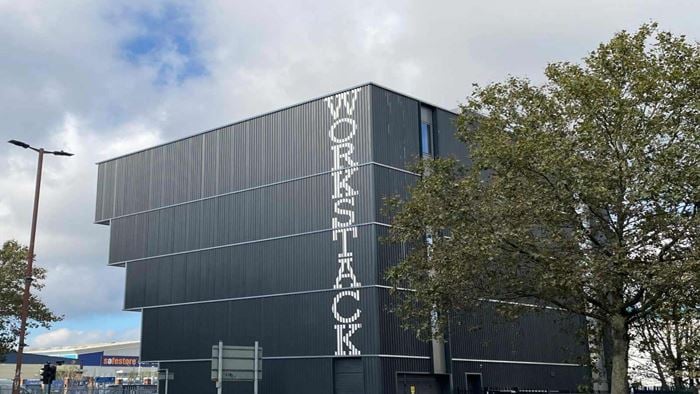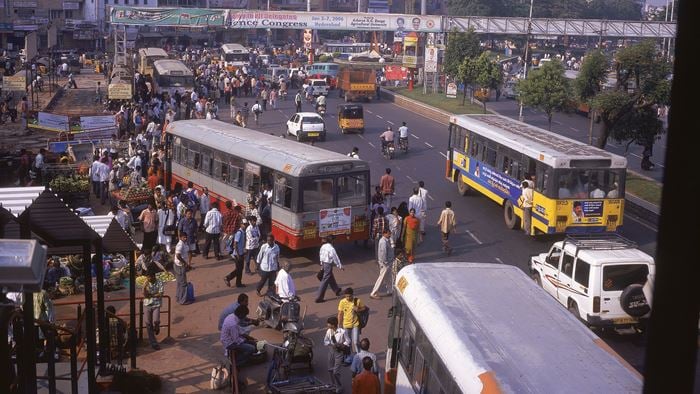As cities around the world restrict freight vehicles’ access to their centres, I think we’ll see a radical change to the way goods are delivered. Don’t be surprised if trains and electric bikes are soon playing a big part in the supply chain that brings parcels to your door.
What’s driving trucks out of cities? In Europe and the US, cities are pedestrianising their centres. They’re becoming friendly for cycling – something that heavy goods vehicles certainly are not. And they’re also increasingly imposing access restrictions, with Europe leading the way in low-emission zones.
Many cities are being choked by their traffic (pollution in Oxford Street in London was recently measured at three times over the EU limit – the highest in the world according to the Sunday Times). This is putting pressure on mayors to legislate polluting vehicles out of their city centres, not least because the EU is looking to levy fines on cities that transgress.
While it’s politically difficult to ban cars from city centres, it’s easier to legislate for goods vehicles. And because they’re significant contributors to nitrogen dioxide and particulate emissions, public opinion tends to support cities that create low-emissions zones where polluting vehicles are banned or must pay more to enter. Germany alone has over 40 such zones.
All this will make it harder for the logistics industry to deliver into cities as it has until now. They’ll be under pressure to use electric vehicles in cities, which won’t have the range to reach as many destinations in cities from regional distribution centres. So they’ll have to rethink their approach.
What will this mean? I think we’ll see longer-distance haulage distribution get bigger, with a much greater use of container trains, big trucks and ships. Within cities, the opposite will happen: delivery vehicles will get smaller. The growth of port centric logistics, where goods are sorted at the port they arrive at prior to being distributed, will further improve access to rail and water networks. Logistics facilities on the perimeter of cities will then facilitate the transfer from bulk containers to city containers.
We’re already seeing companies doing this – firms like Gnewt who deliver in London already have a sustainable business delivering goods with electric vehicles because this is what their clients want. Plus it’s actually easier to get around a city on an electric delivery bike than it is in a truck.
I’d also expect this shift to mean rail carrying more freight, although not necessarily in a traditional way. For example, I’m currently working on a study looking at how passenger trains could be used to move freight.
Outside peak times, there is certainly capacity for this. It’s also a very reliable and fast way of getting into city centres, which is why there are already companies in the UK with viable businesses doing it. Manchester to London by road might take four hours, or five on a bad day. Jump on a train and you (or your parcel) can be there in two hours.
TNT did a trial where they brought a freight train full of parcels into London’s Euston station. The challenge with doing this for real is that many passenger stations haven’t been designed with freight in mind or the facilities have been removed as passenger numbers increased.
Other countries, such as Germany and France, are putting more of their high-value freight on their rail networks. The German city of Dresden even has a cargo tram system, and Amsterdam has trialled the same approach.
China is facing huge problems with congestion on its roads; you can find yourself in traffic jams that last for days. So the reliability that the rail network provides offers a huge advantage when it comes to freight.
With countries in the Middle East also investing in rail for freight as well as for passengers, it is clear that rail has an increasingly important part to play in the future of logistics.
 ;
;







